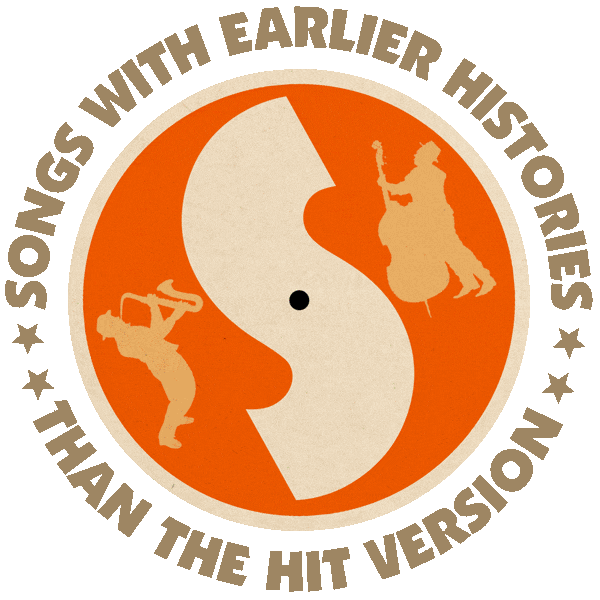Co-written and first recorded by Donny Hathaway (XMAS #11 1970).
Other popular versions by Gladys Knight & The Pips (1980), Yutaka Yokokura (1988), Gloria Estefan (1993).
From the wiki: “‘This Christmas’ is a well-known Christmas song originally recorded by R&B singer-songwriter Donny Hathaway (under the stage name ‘Donny Pitts’) and released as a single in 1970, peaking that year at #11 on the Billboard Christmas Singles chart.
“In 1980, Gladys Knight & the Pips recorded ‘This Christmas’ for their holiday album That Special Time of Year, re-released in 2013 on The Classic Christmas Album. Japanese jazz artist Yutaka Yokokura’s recording was one of several Christmastime songs by various artists included on the 1988 holiday compilation album The GRP All Star Christmas Collection. Gloria Estefan, in 1993, included ‘This Christmas’ on her holiday album Christmas Through Your Eyes.”

